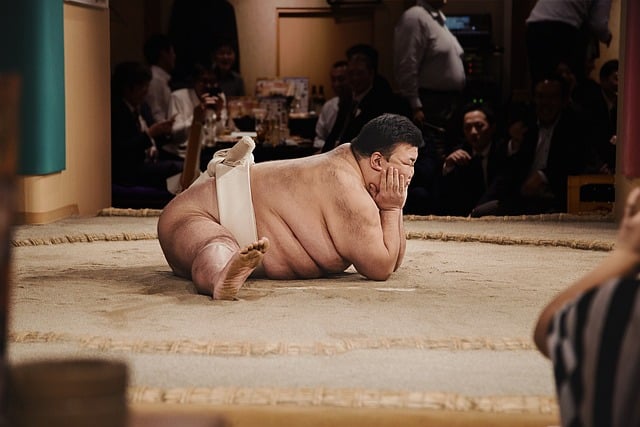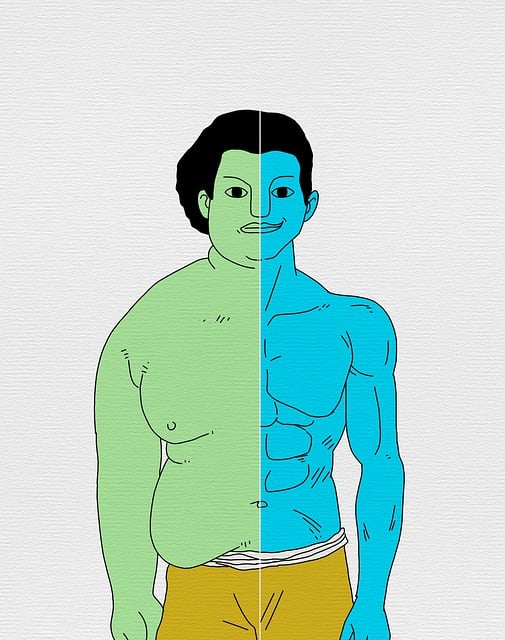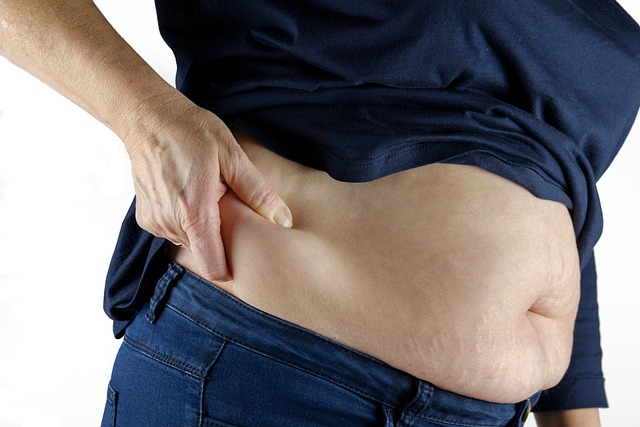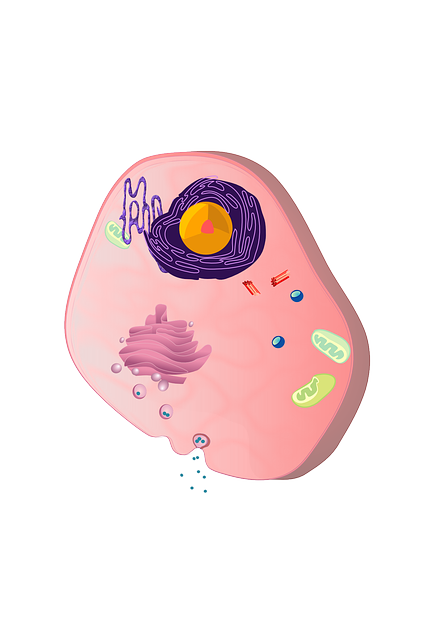Fat cell freezing (cryolipolysis) is a non-invasive procedure that uses cold temperatures to target and eliminate stubborn fat cells without incisions or anaesthesia. This treatment safely freezes and breaks down fat, which the body then naturally eliminates. Unlike liposuction, it offers a less invasive alternative for achieving a contoured appearance, with temporary side effects like pain, numbness, and bruising possible but rare complications like tissue damage or infection. Ideal candidates include individuals with a healthy lifestyle but persistent fat deposits resistant to exercise and dieting. Results become visible within weeks, and optimal shaping occurs over several months, but it's not a weight loss method. Effective post-treatment care includes a balanced diet, hydration, gentle exercises, and avoiding strenuous activities for a few days. Consulting healthcare professionals before treatment is crucial for safety and effectiveness.
“Fat Cell Freezing: A Revolutionary Non-Invasive Solution for Targeting Stubborn Fat
Are you struggling with pockets of stubborn fat that seem immune to diet and exercise? Fat cell freezing, also known as cryolipolysis, offers a promising alternative. This non-invasive procedure harnesses the power of cold to freeze and eliminate fat cells, providing a permanent reduction in fat within targeted areas.
In this comprehensive guide, we’ll explore everything you need to know about fat cell freezing, from understanding the science behind it to debunking common myths. We’ll break down the process, potential risks, candidate eligibility, expected results, and post-treatment care for a clearer path toward achieving your body goals.”
Understanding Fat Cell Freezing: A Non-Invasive Approach

Fat cell freezing, also known as cryolipolysis, is a non-invasive procedure that has gained popularity as an effective way to target and eliminate stubborn fat cells. This innovative treatment offers a safe and controlled approach to reducing localised fat deposits without incising or penetrating the skin. By utilising cold temperatures, the process selectively targets and freezes fat cells, prompting their gradual breakdown and elimination by the body’s natural processes.
Unlike traditional liposuction methods, freezing fat cells does not require any incisions or anaesthesia, making it a less invasive option for those seeking to sculpt their figure. The procedure involves applying a cooling device to targeted areas, where fat cells are carefully chilled to temperatures below zero, causing them to crystallise and subsequently die. As the body’s immune system processes these dead fat cells, they are naturally eliminated over a period of several weeks, resulting in a more contoured and toned appearance.
How Does Fat Cell Freezing Work? Unlocking the Science

Fat cell freezing, also known as cryolipolysis, is a non-invasive procedure that targets and freezes stubborn fat cells. This innovative treatment has revolutionised the way we approach localised fat reduction. By cooling fat cells to sub-zero temperatures, the science behind this method involves crystalising the fat while leaving surrounding tissue unharmed. Once frozen, these fat cells become damaged and eventually break down, allowing the body to naturally eliminate them.
The process begins with a targeted application of cold energy in the form of cryogenic probes or applicators. This cools the selected fat cells, causing them to contract and increase in size. As the fat cells expand, they create micro-tears within the cell membrane, leading to their eventual destruction. The body’s natural metabolic processes then take over, breaking down and absorbing the released fat, which is subsequently eliminated through the lymphatic system. This science-backed approach offers a safe and effective way to reduce stubborn fat areas without surgery or extended recovery periods.
Targeting Stubborn Fat: Identifying Areas for Treatment

Stubborn fat cells can be a persistent problem, often remaining even after diet and exercise routines. To effectively target these areas, understanding your body type and composition is crucial. Different individuals have varying patterns of fat distribution, with some carrying excess fat around the midsection, others in the thighs or hips, and some people struggling with localized fat deposits in specific areas.
Fat cell freezing, also known as cryolipolysis, offers a non-invasive solution for eliminating stubborn fat. This procedure selectively targets and freezes fat cells, causing them to break down and be eliminated by the body over time. By identifying problem zones and consulting with a qualified medical professional, individuals can determine if fat cell freezing is suitable for their needs, providing a targeted approach to achieving a more sculpted silhouette.
Is Fat Cell Freezing Safe? Exploring Potential Risks and Benefits

Fat cell freezing, also known as cryolipolysis, is a non-invasive procedure that has gained popularity in recent years as a way to reduce stubborn fat. While it presents an appealing solution for those seeking to trim problem areas without surgery, it’s crucial to explore its safety profile. The good news is that when performed by qualified professionals using approved equipment, fat cell freezing is generally considered safe.
However, like any medical procedure, it’s not without potential risks and side effects. These may include temporary pain, numbness, bruising, swelling, and changes in skin sensation at the treatment site. In rare cases, more severe complications such as tissue damage or infection have been reported. The benefits, on the other hand, include a non-surgical approach, minimal downtime, and promising results for reducing stubborn fat. Understanding both the risks and benefits is essential before embarking on this route to body contouring.
The Procedure Step-by-Step: What to Expect During Treatment

Procedure Step-by-Step: What to Expect During Treatment
The process of fat cell freezing, or cryolipolysis, involves targeting and freezing specific areas where stubborn fat collects. Before treatment begins, a healthcare professional will conduct a thorough assessment to determine the best treatment plan for your body’s unique needs. They’ll discuss your medical history, any concerns, and answer questions about the procedure. During the actual session, a device is applied to the targeted area, which cools the fat cells to temperatures below -13°F (-25°C). This causes the fat cells to crystallize and break down over time.
As the treatment progresses, you may experience mild discomfort or numbness in the treated areas, but modern technologies aim to minimize these sensations. After the procedure, it’s crucial to follow post-treatment instructions carefully, which typically include staying hydrated, avoiding strenuous exercise for a few days, and applying ice packs as recommended by your provider. Over the following weeks, your body will naturally process and eliminate the damaged fat cells, leading to visible reductions in fat deposits.
Who is a Good Candidate for Fat Cell Freezing Therapy?

Fat cell freezing therapy, also known as cryolipolysis, is a non-invasive treatment option for those looking to reduce stubborn fat. A good candidate for this procedure typically has a healthy lifestyle and diet but still struggles with isolated areas of fat that have proven resistant to exercise and dieting. Ideal candidates usually have a moderate amount of weight to lose and understand that while fat cell freezing can be effective, it’s not a solution for significant weight loss or a replacement for a balanced diet and regular exercise.
This treatment is particularly appealing to folks who have tried other methods without lasting success. Individuals with stable weights, as well as those with specific medical conditions, should consult their healthcare provider before considering fat cell freezing. It’s crucial to ensure that the treating clinic has experienced professionals who can accurately assess eligibility and deliver safe, effective treatments.
Results and Expectations: What Can You Achieve?

Fat Cell Freezing results can be quite transformative, offering a non-invasive solution for targeted fat reduction. This procedure works by freezing stubborn fat cells, which leads to their permanent destruction. As a result, treated areas typically see a noticeable decrease in fat accumulation and an improved contour. Expect to see visible outcomes within a few weeks after the treatment, with optimal results becoming apparent over several months as your body reabsorbs the melted fat cells.
The expectations for Fat Cell Freezing should include significant reductions in specific problem areas, such as love handles, stubborn belly fat, or chubby thighs. While it’s not a weight-loss solution, it can help sculpt and define your body by reducing the appearance of excess fat. It’s important to manage expectations, as individual results may vary based on factors like lifestyle, diet, and adherence to post-treatment care instructions.
Post-Treatment Care: Tips for Optimizing Outcomes

After undergoing fat cell freezing procedures, proper post-treatment care is essential for optimal results. It’s crucial to maintain a healthy diet and stay hydrated, focusing on a balanced intake of nutrients to support overall well-being. Avoiding processed foods, excessive sugars, and unhealthy fats can help minimize any potential side effects and ensure the best outcomes from your treatment.
In terms of physical activity, light exercises like walking, swimming, or gentle yoga can aid in circulation and lymphatic drainage, promoting the body’s natural process of eliminating excess fat cells. However, it’s recommended to avoid strenuous activities for a few days post-treatment to allow the body to heal and reduce any discomfort. Remember, Fat Cell Freezing is a non-invasive procedure, so taking care not to strain or over-exert yourself will contribute to a smoother recovery process.
Common Myths Debunked: Separating Fact from Fiction

Many myths surround fat cell freezing, a popular non-invasive body contouring procedure. It’s important to separate fact from fiction to ensure informed decisions about your health and appearance. One common misconception is that fat cell freezing can target specific areas, leading to a slimmed down silhouette. While it does reduce the size of fat cells, the treatment doesn’t discriminate between different body parts; results are generally more noticeable in problem zones like the abdomen or love handles.
Another myth is that fat cell freezing is a quick fix for weight loss. The procedure temporarily deactivates fat cells, causing them to shrink and be eliminated by the body over time. However, it’s not a magic solution; significant changes in diet and exercise habits are still necessary to maintain results and achieve long-term health benefits. Additionally, fat cell freezing is not suitable for everyone, as individuals with certain medical conditions or taking specific medications may experience adverse effects. Always consult with a qualified healthcare provider before undergoing any cosmetic procedure, including fat cell freezing.
